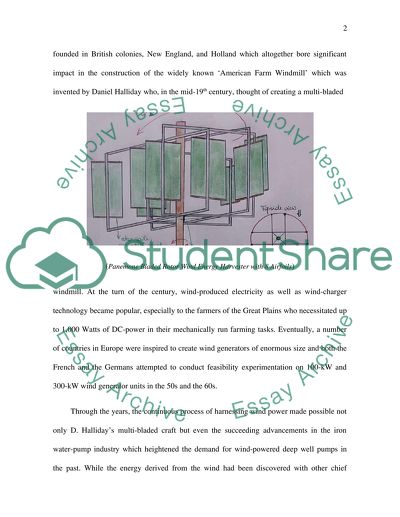Cite this document
(“Literature review on Wind power Example | Topics and Well Written Essays - 3000 words”, n.d.)
Retrieved from https://studentshare.org/engineering-and-construction/1400048-literature-review-on-wind-power
Retrieved from https://studentshare.org/engineering-and-construction/1400048-literature-review-on-wind-power
(Literature Review on Wind Power Example | Topics and Well Written Essays - 3000 Words)
https://studentshare.org/engineering-and-construction/1400048-literature-review-on-wind-power.
https://studentshare.org/engineering-and-construction/1400048-literature-review-on-wind-power.
“Literature Review on Wind Power Example | Topics and Well Written Essays - 3000 Words”, n.d. https://studentshare.org/engineering-and-construction/1400048-literature-review-on-wind-power.


